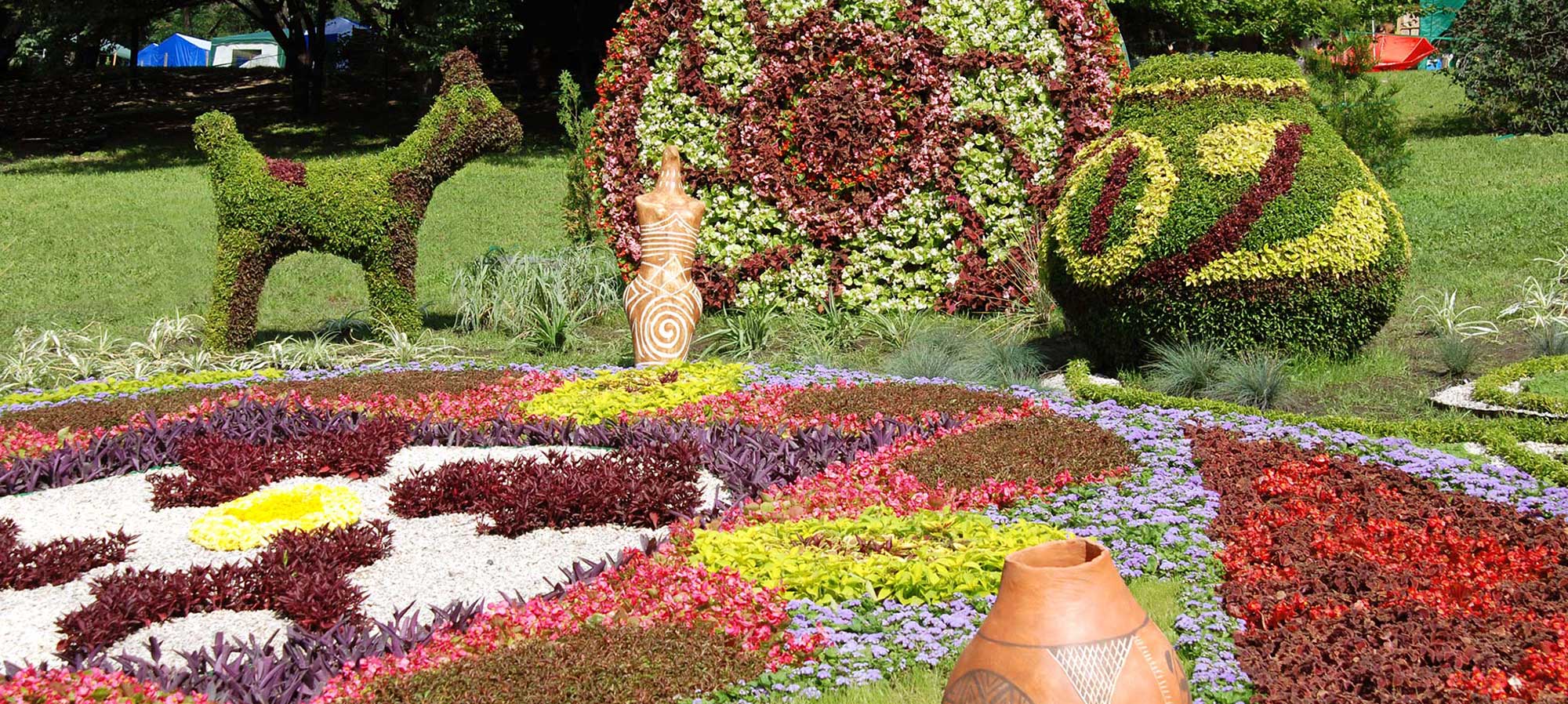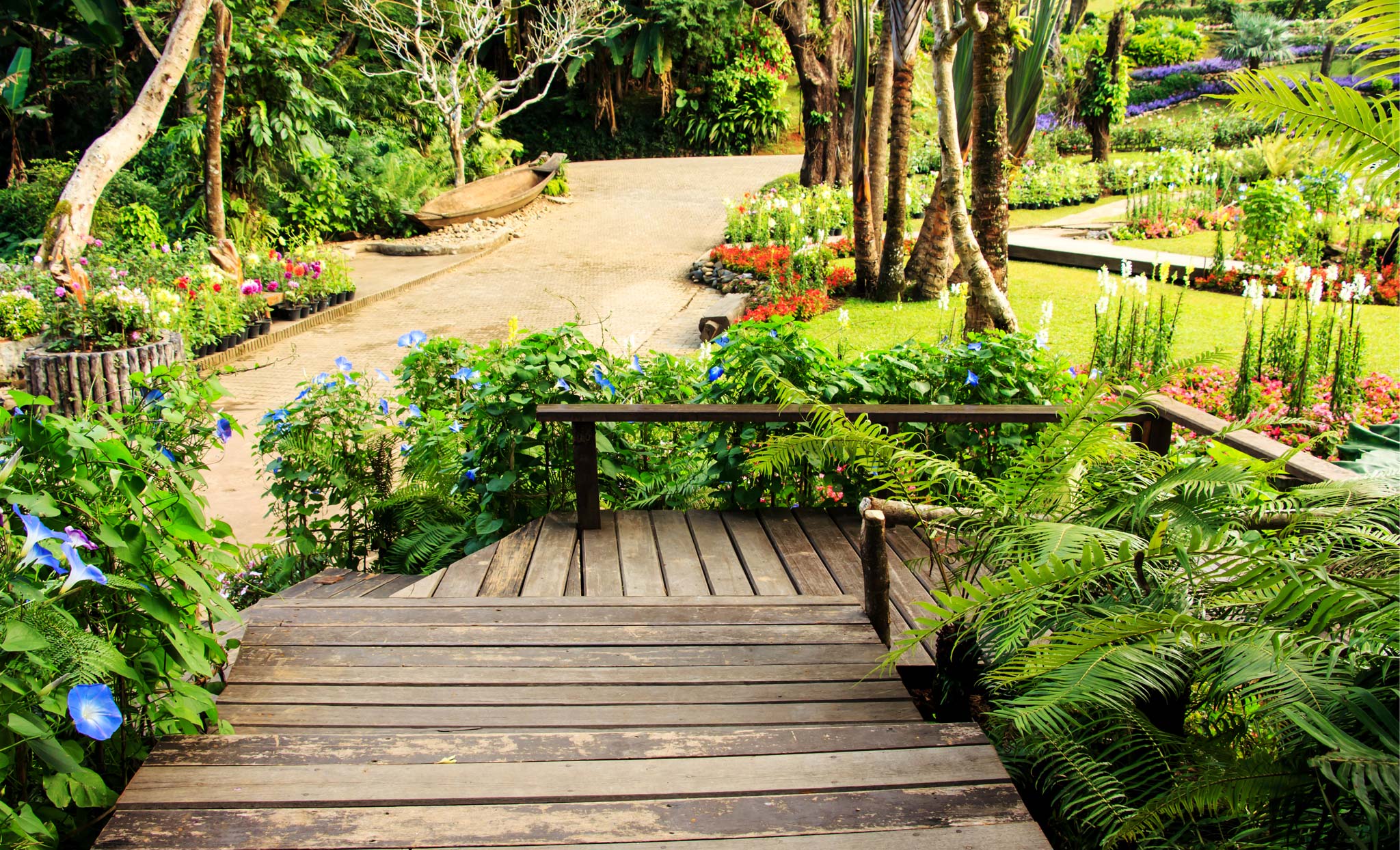Landscape Design
FAQs
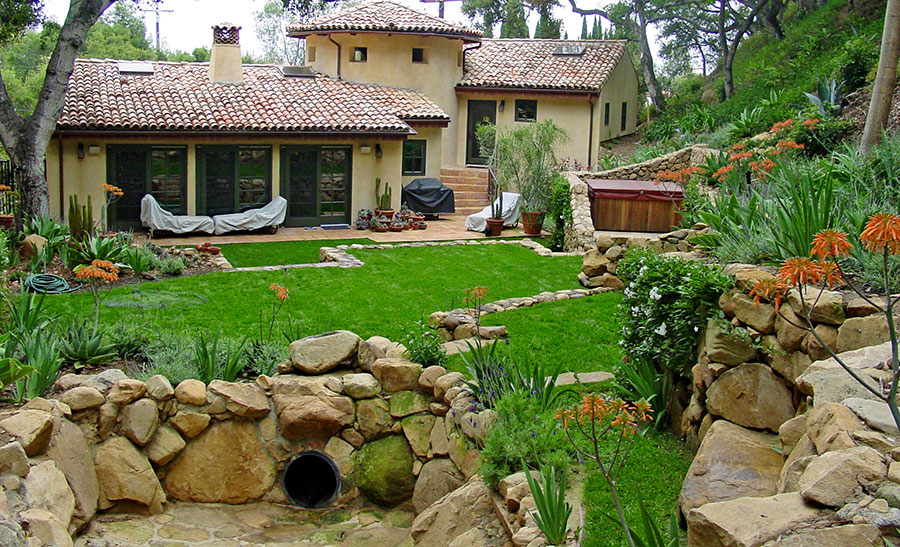
Here are some important questions to consider when looking for a landscaping company:
- How long have they been in business?
Stability is important in the landscape industry. All Seasons has been beautifying landscapes on the Central Coast since 1999.
Our Clients
Say the Nicest Things
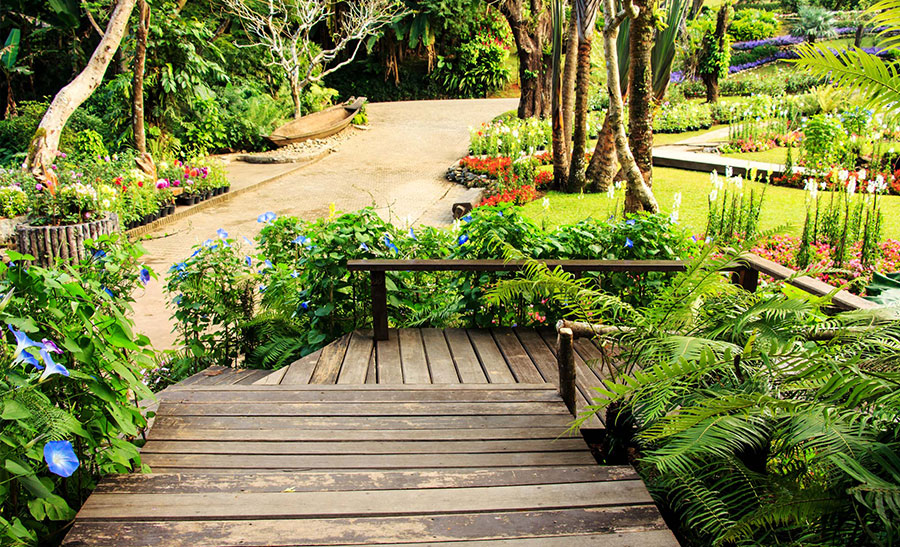
"I just wanted to thank Eduardo and Diago for a great job that they did on Wednesday, August 17 at our home on Santa Lucia Drive! I am very pleased. They were interested in what my needs were, and we planned some things for the next Wednesday that they will be at our home. So glad that I hired your team!" Lori & Steve Lawson
All Seasons Landscaping
Philosophy
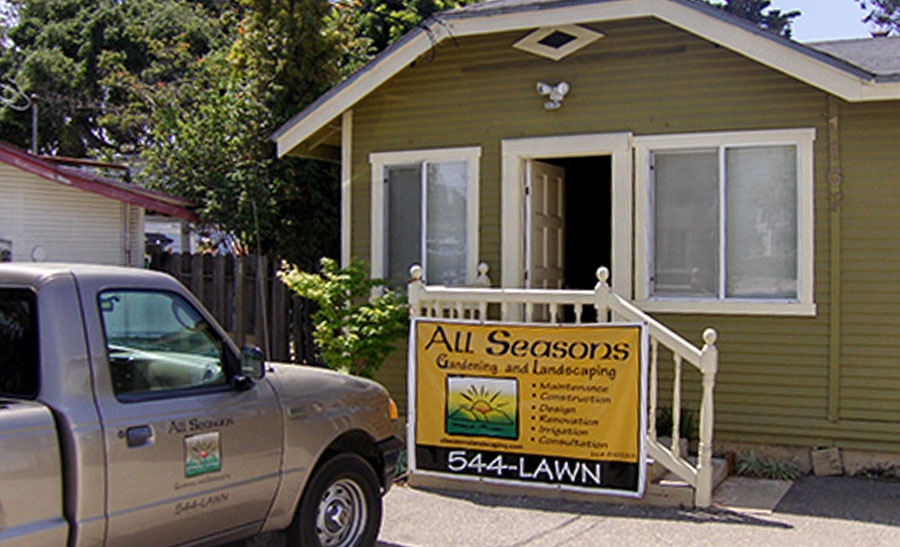
We pride ourselves on the quality of our work and exceptional service our team provides our clients. Our knowledgeable and professional staff of designers, installers, and maintenance crews offer creative solutions for your landscape needs and challenges.


